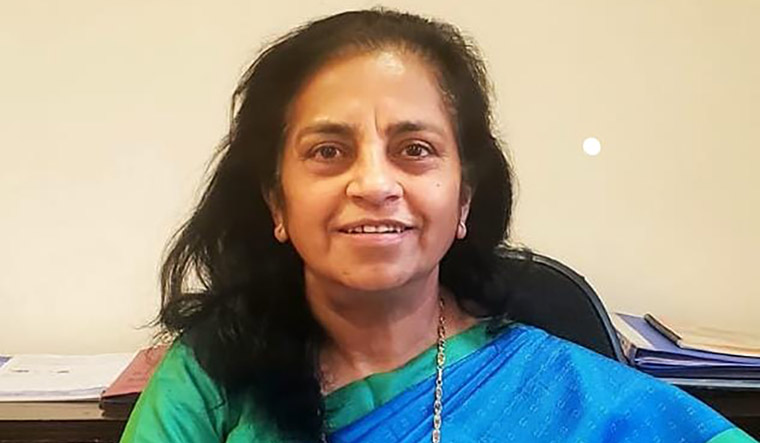One of the major concerns regarding railway safety is financial management which may have led to neglect or poor maintenance of infrastructure, including tracks. The recommendations by the Kakodkar committee (2012) to improve safety conditions, such as implementing advanced signalling systems and eliminating level crossings, have not yet been fully implemented.
The CAG audit report number 22 of 2022 mentioned that there was a decline in the funds allotted for track renewal and that even the allocated funds were not fully utilised. The RRSK outlays (a dedicated fund to finance critical safety-related works of renewal, replacement and augmentation of assets) were not mandatorily linked with specific measurable outcomes.
The report highlighted 24 factors responsible for derailments. The reasons for maximum derailments were attributed to the ‘engineering department’ followed by the ‘operating department’. The major factor behind derailments was related to ‘maintenance of track’ followed by ‘deviation of track parameters beyond permissible limits’ (156 cases) and ‘bad driving/over speeding’. The number of accidents attributable to ‘loco pilots’ was 154. In all, derailment cases accounted for about 75 per cent of the total number of consequential (involving fatality and loss of property) accidents during 2017-2021.
The standing committee on railways (2016-17) observed that the most serious form of accidents is collision and signal passing at danger (SPAD) for which loco pilots are particularly responsible. A signal is passed at danger when a train passes a stop signal when not allowed to do so. There is no technological support available for loco pilots and they have to depend largely on vigilant watch on the signal. The CAG report noted 128 SPAD cases from 2017 to 2021.
The CAG report also flagged the issue of inadequate maintenance of tracks and noted 30 to 100 per cent shortfall in inspections of structural as well as geometrical condition of tracks by track recording cars. There was also shortfall in optimal utilisation of track machines, besides shortage of staff required for maintenance of tracks.
To eliminate accidents, there should be judicious deployment of the RRSK funds, including the execution of track renewal work. The idea is to identify and address deficiencies of various departments of the railways and set up a foolproof system of learning from mistakes. Furthermore, close monitoring of the preventive action on recommendations made by various inquiry committees on a real-time basis through the Safety Information Management System should be ensured.
As safety is the top priority, it requires a coordinated effort from all concerned departments. The railways should develop appropriate methods to identify the risks with reasonable accuracy and take corrective measures at the right time.
While implementing prestigious projects, the railways should give adequate attention to maintaining tracks in a safe and sound condition, as robust tracks are the backbone of the railway transportation system. Technology upgrade and development of modern infrastructure should not be at the cost of safety. However, isolated cases of accidents should not be an impediment while developing high speed projects.
The author was deputy comptroller and auditor general (railways).


